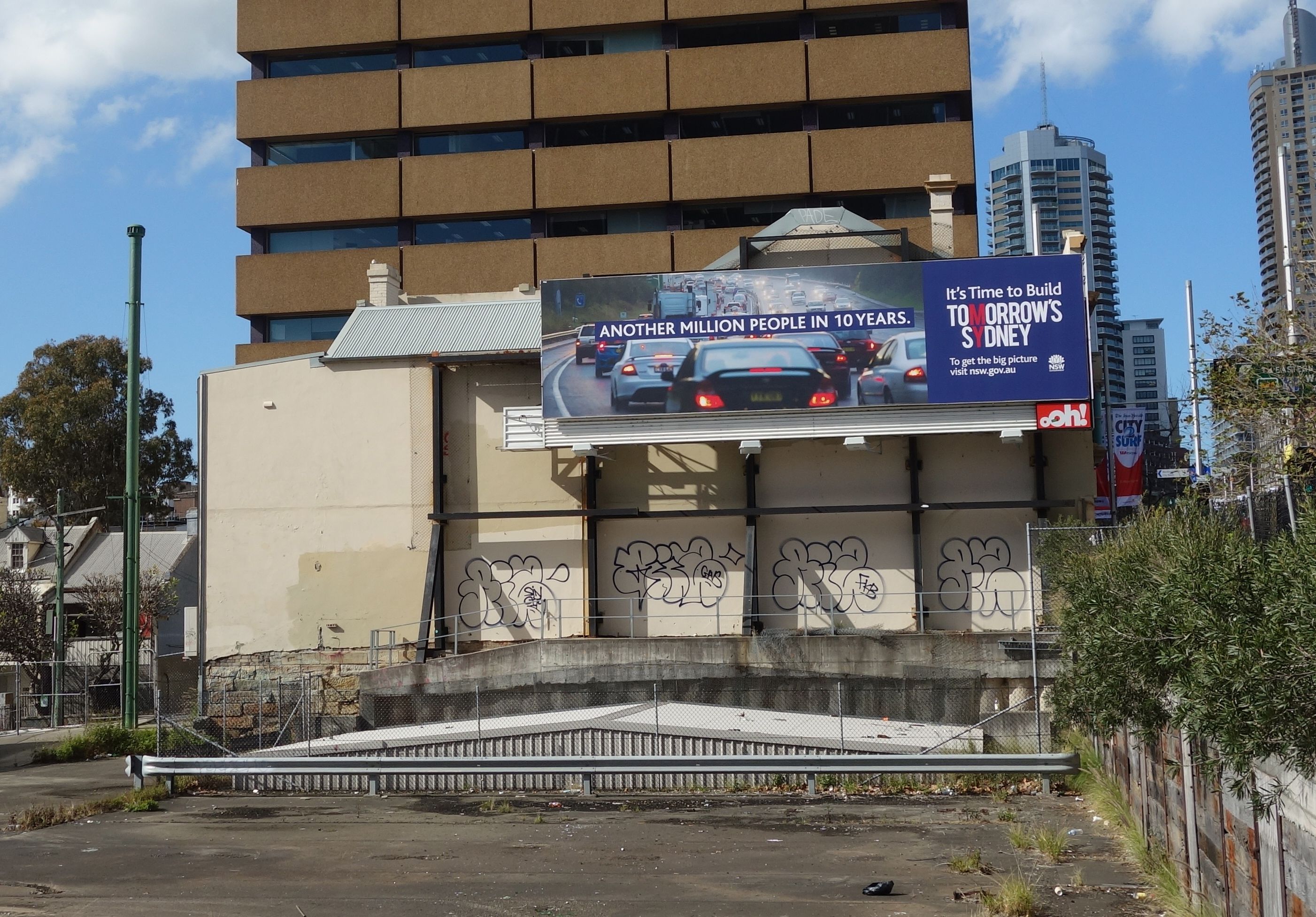Murray-Mallee Imaginaries: Towards a literary history of a region
Keywords:
Mallee, region, literary history, Murray riverAbstract
Most literary histories of Australian regions are positioned as a small part of a national literary map, meaning that, with the restrictions brought by scope alone, these are inevitably partial, focussing on a handful of representative writers. But there are other challenges, too. ‘Literary history’ in a scholarly sense is a western idea; its tendency to focus on material textual outputs implicitly excludes oral and other modes of narrative. It is therefore a field that could easily, and sometimes willingly, participate in the colonial project which seeks to position pre-colonial time as past and outside the designation of what is culturally significant or potent.
We offer some reflections generated by a project which will produce the first dedicated literary history of the Mallee region of north-west Victoria. Exemplifying our observations of regional literary history in Australia, existing Mallee literary history is fragmented and limited, and overwhelmingly, white and male. Discussions of ‘Mallee literature’ are few, and where they occur - for instance, in national literary histories - they exclude contemporary texts, referencing only well known writers from the late nineteenth and early-mid twentieth century, and are unconnected to broader schools or groups in literary history.
In this paper we look at the Murray River as a geography (both material and discursive) that challenges a colonial, land-oriented account of Mallee literature and helps to think through how regional literary history may be done differently. Towards a conclusion, we return to the question of the postcolonial, and the possibilities for regional literary history that works with the constraints of the practice to resist, or push against, an inevitable folding into colonial logic.
References
Deb Anderson (2015). Endurance: Australian Stories of Drought. Collingwood: CSIRO Publishing.
Nigel Austin (2012). “Ghost Towns Growing in Rural SA.” The Advertiser 6 Apr.
Bridget Brennan (2017) ‘New map records massacres of Aboriginal people in Frontier Wars’ ABC News 5 July: http://www.abc.net.au/news/2017-07-05/new-map-plots-massacres-of-aboriginal-people-in-frontier-wars/8678466 (accessed 10 Jan 2018)
Patrick Buckridge and Belinda McKay (2007) By the book: A literary history of Queensland, St. Lucia: University of Queensland Press.
Ada Cambridge (1875) Up the Murray, The Australasian, 27 March-18 July.
Paul Carter. Ground Truthing: Explorations in a Creative Region. Crawley, W.A: University of Western Australia Press, 2010.
Centre for 21st Century Humanities, ‘Colonial Frontier Massacres in Eastern Australia 1788-1872’: https://c21ch.newcastle.edu.au/colonialmassacres/detail.php?r=4984 (accessed 20 Dec 2017)
Department of Sustainability and Environment (DSE) (2004). Climate Change in the Mallee. Victorian Government.
W.H. Herendeen (1986) From landscape to literature: the river and the myth of geography Pittsburgh: Duquesne University.
Katie Holmes & Kylie Mirmohamadi (2015) ‘Howling Wilderness and Promised
Land: Imagining the Victorian Mallee, 1840–1914’, Australian Historical Studies, 46:2, 191-213.
Alfred Stephen Kenyon, ‘The River problem. The discovery, exploration and settlement of the Murray River: a brief outline’ State Library of Victoria, Accession no: MS 12838.
Peter Ker (2009). ‘Exodus Fears for Murray Towns.’ The Age 18 Mar. http://alturl.com/mcrma
Caroline Levine (2013). ‘From Nation to Network.’ Victorian Studies 55.4: 647–666
Mead, Philip (2009). ‘Nation, Literature, Location, ‘ in The Cambridge History of Australian Literature, Victoria: Cambridge University Press, 549-567.
Michael Meehan (1999) The Salt of Broken Tears. Milson Point: Random House, 1999.
Mallee District Aboriginal Services, http://www.mdas.org.au/
Margaret Merilees (2007) ‘Circling with Ghosts: The Search for Redemption’ JASAL: 65-76. Kylie Mirmohamadi (2015). ‘Love on the Land: Australian Rural Romance in Place’, English Studies, 96 (2), 204-225.
Major T.L. Mitchell (1839) Three Expeditions into the Interior of Eastern Australia Vol II London: T.W. Boone, republished by the Libraries Board of South Australia (1965).
Peter Pierce, ed. (1987) The Oxford Literary Guide to Australia. Melbourne: Oxford University Press.
Greg Prichard (2006), ‘Saltlakes and Swamps: Michael Meehan’s Australian Environments’ Colloquy issue 12: 59-74.
G.M. Sartore et al. “Control, Uncertainty, and Expectations for the Future: A Qualitative Study of the Impact of Drought on a Rural Australian Community.” Rural and Remote Health 8 http://www.rrh.org.au
Susan Sheridan. ‘Reading All the Rivers Run, Nancy Cato’s Eco-Historical Epic.’ Australian Humanities Review 55 (2013): 119-32.
Paul Sinclair (2001) The Murray: a river and its people. South Carlton: Victoria: Melbourne University Press.
Tony Stagg and Phillip Mead (2009) ‘A Place in Stories: A report on the literature subset of the AustLit database’, JASAL,
Carrie Tiffany. Everyman’s Rules for Scientific Living. Sydney: Pan Macmillan, 2005.
‘The Mallee’, Victorian Places website: http://www.victorianplaces.com.au/mallee (accessed 10 Jan 2018)
Don Watson. The Bush: Travels in the Heart of Australia. Melbourne: Hamish Hamilton, 2014.
Downloads
Published
Issue
Section
License
The copyright for articles in this journal is retained by the author(s), with first publication rights granted to the journal. By virtue of their appearance in this open access journal, articles are free to use with proper attribution in educational and other non-commercial sectors.Attribution-NonCommercial-ShareAlike 2.1 Australia
This work is licensed under the Creative Commons Attribution-NonCommercial-ShareAlike 2.1 Australia License. To view a copy of this license, visit http://creativecommons.org/licenses/by-nc-sa/2.1/au/ or send a letter to Creative Commons, 543 Howard Street, 5th Floor, San Francisco, California, 94105, USA.

